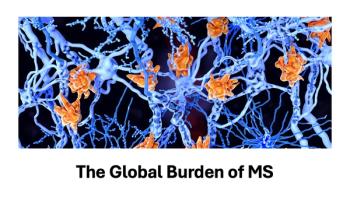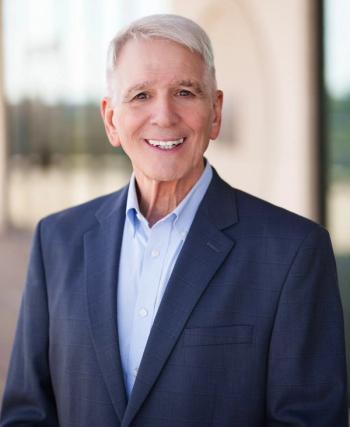
Healthcare Leaders Warn GOP Plan Would Deeply Chip Away At Medicaid Access
Their concerns come in response to the bill unveiled Sunday night by House Republicans that would tighten eligibility rules, create work requirements and freeze provider taxes under Medicaid—the federal-state program that insures nearly 80 million low-income Americans.
Health policy leaders and patient advocates are raising red flags about the new Republican proposal they say would “slash” Medicaid coverage, raise out-of-pocket costs and leave states with fewer tools to care for vulnerable populations.
Their concerns come in response to a bill unveiled Sunday night by House Republicans that would tighten eligibility rules, create work requirements and freeze provider taxes under Medicaid—the federal-state program that insures nearly 80 million low-income Americans.
The current plan, introduced by the House Energy and Commerce Committee, will avoid some of the more “harmful” changes that had been discussed previously by conservatives, such as capping federal spending per enrollee.
However, some Medicaid experts say it would still result in millions losing coverage.
According to the Congressional Budget Office (CBO), the legislation would reduce the deficit by at least $715 billion over the next decade, but at a major cost.
The CBO projects that at least 8.6 million people could lose health insurance under the proposal’s healthcare-related provisions by 2034.
Related:
Margaret A. Murray, CEO of the Association for Community Affiliated Plans (ACAP), warned that the GOP’s strategy for achieving savings would come at the expense of working families in a public statement.
“These proposed policy changes will generate their savings by stripping coverage from millions of Americans,” Murray said. “Experience shows that the vast majority of people with Medicaid who are able to work already do. Work requirements in Medicaid are better at generating red tape than helping people find employment.”
Murray also criticized the proposal’s additional eligibility checks, which would require enrollees to more frequently verify income, citizenship, or other personal details.
“The practical effect of additional eligibility checks and verifications for Medicaid and Marketplace coverage is to generate additional paperwork for enrollees, providers and states — leaving people one paperwork glitch away from losing their health coverage,” she said.
Freezing provider taxes is also controversial because some
“Their coverage will be at risk,” said Katie Sloan Smith, president and CEO of LeadingAge, shared with The Washington Post. “Either the home itself will have to make up for that loss in some way or they will simply have to say, ‘We can no longer support people on Medicaid,’ and close those beds.”
Anthony Wright, executive director of Families USA, was more blunt.
“This bill takes a chainsaw to Medicaid and the Affordable Care Act,” he said. “Over 13 million Americans (would lose) coverage and care, and millions more will see their monthly and out-of-pocket costs increase.”
Wright also emphasized that the bill’s impact would extend beyond Medicaid recipients.
“More uninsured individuals and cuts to state funding means hospitals, clinics, nursing homes and other providers will face devastating cuts, threatening the ability of many, from maternity wards to rural hospitals, to keep their doors open, impacting not just those on Medicaid, but everyone,” he said. “No one is safe.”
Shawn Gremminger, president and CEO of the National Alliance of Healthcare Purchaser Coalitions, told Managed Healthcare Executive the bill reflects internal pressure among Republicans to find deep savings — especially through reconciliation rules.
“Republicans on the Hill kind of backed themselves into a really difficult corner,” he said. “Cutting Medicaid by $880 billion is going to have real impacts.”
Gremminger added there’s some fraud that’s been found, but “I don’t know that you can get to $880 billion just through that stuff. Even if you did it perfectly right, it is ultimately going to cut into access to care for low-income people.”
He also pushed back on how the proposal was introduced—released on a Sunday night with a markup hearing scheduled just two days later.
“Nobody likes it when you see things sort of released in the dead of night,” Gremminger said. “It’s probably not the world’s best governance.”
The House Energy and Commerce Committee is set to hold a hearing on the bill Tuesday at 2 p.m. A
Newsletter
Get the latest industry news, event updates, and more from Managed healthcare Executive.






















































